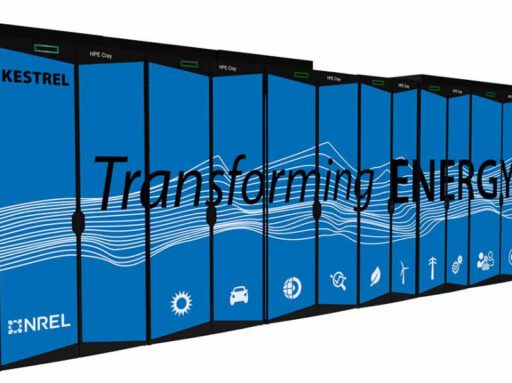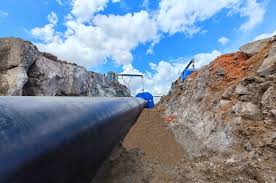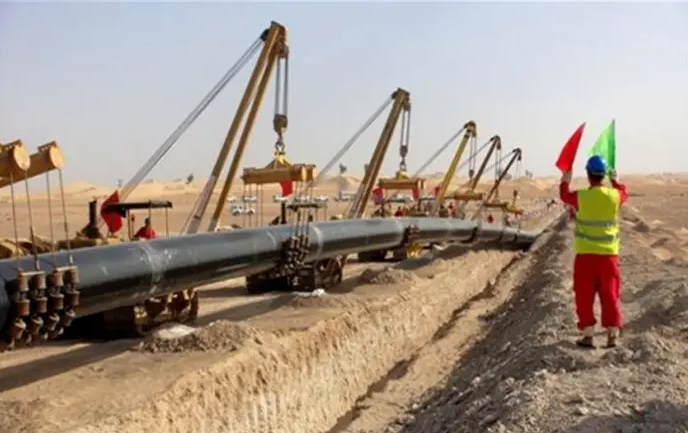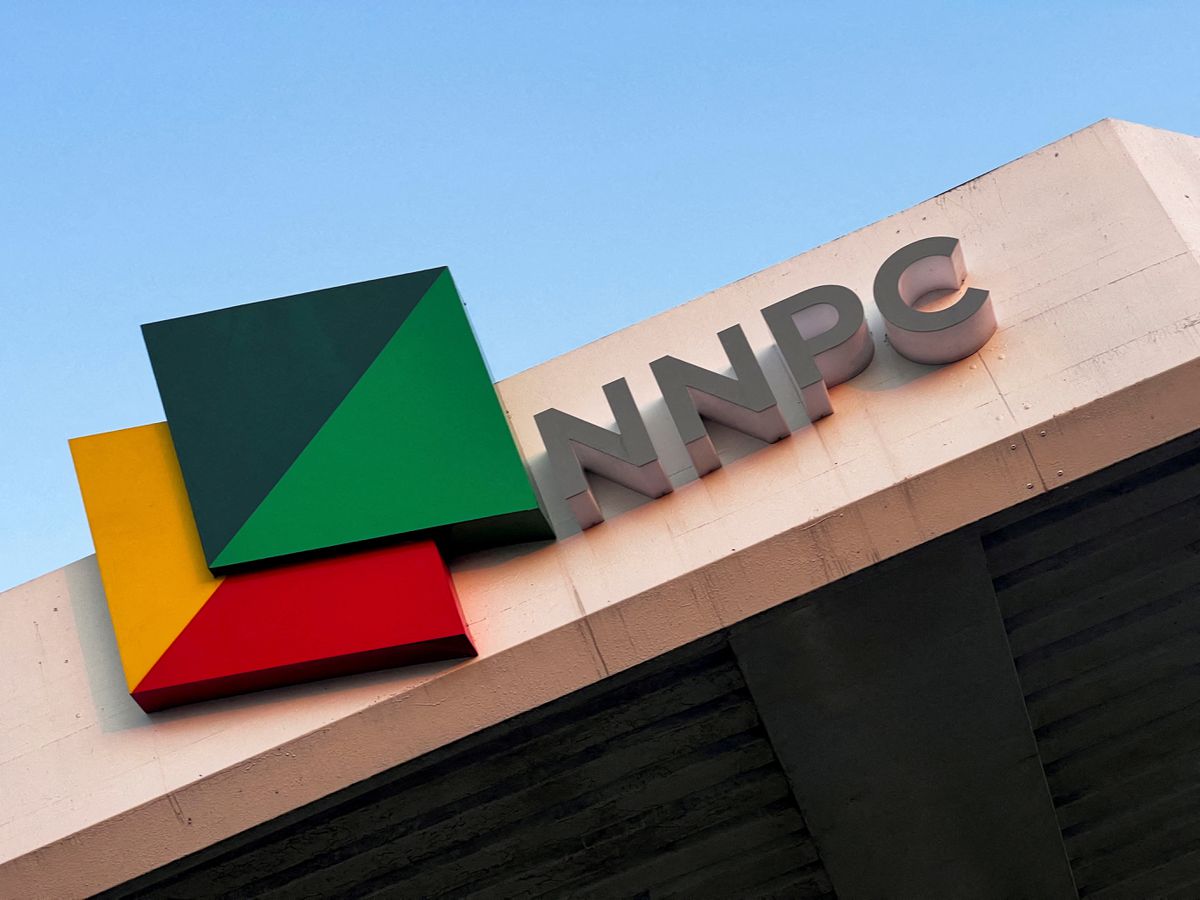
Reaching 44 petaflops of computing power (i.e. 44 million billion floating point operations per second) – five times more than the NREL’s earlier generation ‘Eagle’ supercomputer – the Kestrel supercomputer is already delivering new insights for the energy transition with its enablement of emerging artificial intelligence and machine learning workflows.
Built by Hewlett Packard Enterprise over two years, the installation kicked off in March 2023 with the first phase of equipment including 2,314 CPU nodes and a 95PB parallel storage system.
With their installation in the summer of 2023, Kestrel was made available to early users and was then opened for all projects for the start of the 2024 fiscal year.
Subsequently, 132 graphics processing unit (GPU) nodes, each hosting four NVIDIA H100 GPU processors, have been added to the CPU nodes with two Intel Sapphire Rapids processors, which are now released to all Kestrel users and already in use by more than 60 projects.
“With Kestrel, researchers have access to advanced computing capabilities to do high quality research at the pace and scale necessary to enable the energy transition,” said NREL’s Kristin Munch, laboratory programme manager for advanced computing and Kestrel’s project manager.
“We’ve been building to this moment for more than two years with a tremendous team working diligently to bring this impressive system online for [energy efficiency and renewable energy] researchers.”
As an example of an investigation, the Beyond-DFT Electrochemistry with Accelerated and Solvated Techniques (BEAST) project is leveraging the GPUs on Kestrel for high-fidelity simulation of electrocatalytic systems, with the aim of designing better catalysts for water electrolysis, fuel cells and carbon dioxide reduction.
Another notable feature of the Kestrel supercomputer is its over two times energy efficiency improvement over Eagle, providing 10.4 gigaflops/watt versus Eagle’s 4.7 gigaflops/watt.




